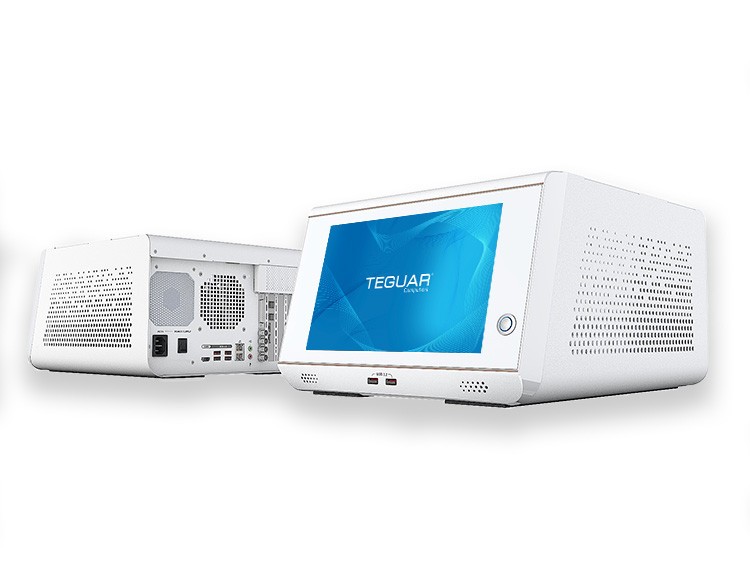Keeping Things Cool with Fanless Computers
 It’s that time of year when things heat up. The muggy hot weather slows us down and even our pets seem to take it easy in the dog days of summer. Heat is force which affects all elements including living as well as the mechanical. Keeping things cool has been a concern as long as simple machines have existed. Here a summary of how it’s done with Teguar Computers:
It’s that time of year when things heat up. The muggy hot weather slows us down and even our pets seem to take it easy in the dog days of summer. Heat is force which affects all elements including living as well as the mechanical. Keeping things cool has been a concern as long as simple machines have existed. Here a summary of how it’s done with Teguar Computers:
Up until recently, industrial computers required a fan to cool the CPU and additional fans in the chassis to expel heat from the system. This is not ideal in dusty environments as particulates are drawn into the board through the fan vent and eventually lead to total failure.
The popularity of laptops and mobile devices fueled advancements in low power processor technology with the goal of preserving battery life. This enabled the introduction of industrial computers without fans where heat can be managed without the use of an internal moving fan and vent to exterior. These advancements are more than just a reduction in power consumption of the CPU, which reduces heat output. Recent generations of Intel mobile processors have integrated the north bridge (a chip which has connected the CPU to other primary components in the system) with the CPU into a single package, which is commonly referred to as a SoC (System On Chip). The industrial computer market has taken advantage of the low power consumption of mobile processors and SoCs to realize the benefit of thermal management with fanless operation. With careful thermal design, these low power CPUs can be integrated into industrial computers with passive cooling. The most robust thermal designs include a heat pipe or heat plate between the CPU and chassis, so the heat is dissipated directly through the metal chassis surface. Depending on the power consumption of the processor, the chassis itself may include metal fins as a heat sink for optimal heat transfer out of the computer.
The most recent advancement in low power processors involves Intel’s desktop CPUs. Select Embedded Intel desktop CPUs are now available with 35W SKUs including i3, i5, and i7 quad core processors. These low power desktop CPUs can be integrated into fanless embedded PCs, and they offer significant performance improvements compared to low power mobile CPUs. Teguar offers fanless embedded box PCs with the latest 7th generation (Kaby Lake) Intel desktop CPUs (see TB-5045 series). These industrial PCs are the highest performance fanless computers available today.
Fanless computers come in several different form-factors including embedded box PCs, all-in-one PCs, panel mount computers, and waterproof computers. There are many aspects of fanless PCs that make them perfect solutions for settings such as factory floors, food manufacturing, outdoor kiosks, agriculture, hospital environments, and clean room applications where fully enclosed computers are needed. Fanless computers offer the following benefits:
- Protection from dust and airborne debris
- High shock and vibration ratings
- Low failure rate
- Wide operating temperatures
- Silent operation
Next time you need a fanless computer ask about the latest advances in low-power consumption and high-performance CPUs.
Previous Article
Teguar Healthcare Computers Offer Highest Standard of Performance and Safety











